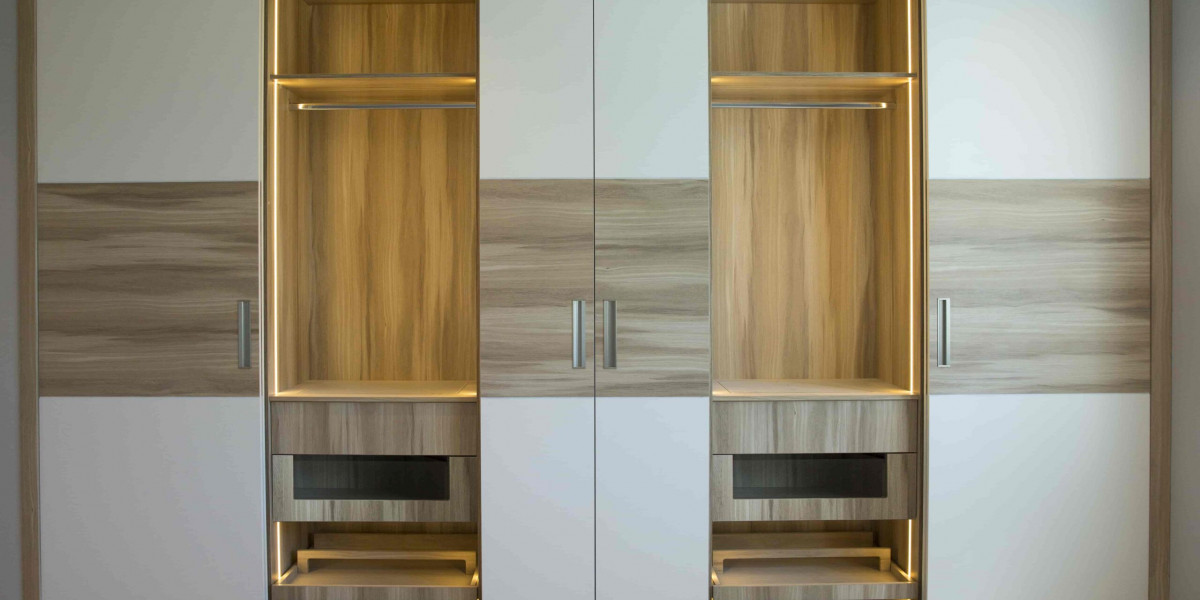Introduction
Stone has always been synonymous with strength, beauty, and timelessness. From ancient temples to modern loft apartments, its presence signals both luxury and durability. But how has stone evolved in interior design, especially in the sleek lines of contemporary architecture? That’s where interior stone wall panels come in — a revolutionary blend of classic material and modern innovation.
Historical Overview of Stone Use in Interiors
Ancient Civilizations and Stone Craftsmanship
Long before drywall and paint, ancient civilizations like the Egyptians and Romans were using stone to decorate their interiors. Carved limestone, polished granite, and intricate marble inlays were symbols of wealth and power. These stones weren’t just structural — they were art.
The Shift from Structural to Decorative Use
As building techniques advanced, stone moved from being just a foundation material to a decorative element. During the Renaissance, walls were adorned with marble and ornate carvings, creating grand interiors that inspired awe.
Stone in Renaissance and Classical Interiors
Marble became the star of the show. Think of the grand halls of European palaces — stone wasn’t just functional, it was the focal point. This trend laid the groundwork for what we see today in luxurious interiors.
The Rise of Engineered Stone Panels
What Is Engineered Stone?
Fast forward to the 20th century, and we meet engineered stone — a mix of natural stone particles and resins. It mimics the look of natural stone but offers more consistency and fewer flaws.
Benefits Over Natural Stone
Engineered stone is often more affordable, easier to install, and resistant to stains and scratches. Plus, it’s available in a wider variety of colors and patterns than you’d find in nature.
Popular Engineered Stone Materials
Quartz is the king here, but you’ll also find reconstituted marble and other composite stones being used in panels for both residential and commercial spaces.
Contemporary Architecture Meets Stone Panels
Aesthetic Versatility in Modern Designs
Today’s interiors are all about clean lines and tactile experiences — stone panels deliver both. Whether you’re going for an industrial loft vibe or a spa-like retreat, stone fits the bill.
Integration with Minimalist and Industrial Trends
In minimalist spaces, stone adds texture without overwhelming the design. In industrial ones, it enhances the raw, unfinished aesthetic.
Urban Living and Compact Stone Solutions
Modern stone panels are thinner and lighter than traditional stone, making them perfect for apartments and smaller spaces.
Types of Interior Stone Panels Today
Natural Stone Panels
Marble, granite, and slate remain popular choices, often used in high-end interiors for their natural beauty and uniqueness.
Composite and Hybrid Panels
These panels combine natural and synthetic materials for greater flexibility and reduced weight.
Lightweight Stone Veneers
Perfect for feature walls, fireplaces, and backsplashes, veneers give the look of real stone without the bulk.
Design Applications of Stone Panels
Accent Walls and Feature Panels
A stone feature wall instantly elevates any room. It creates a focal point that feels organic yet polished.
Stone in Kitchens and Bathrooms
From countertops to backsplashes to shower walls, stone panels are a go-to for adding elegance and durability.
Use in Commercial Interiors
Retail stores, offices, and restaurants use stone panels to convey a sense of permanence and class.
Advantages of Modern Stone Panels
Durability and Longevity
Stone panels are built to last. They resist wear and tear like a champ, making them ideal for high-traffic areas.
Eco-Friendly and Sustainable Options
Many modern panels are made using recycled materials or sustainably sourced stone, making them a smart choice for eco-conscious homeowners.
Easy Maintenance and Installation
Unlike traditional masonry, stone panels can often be installed like tiles — quick and relatively hassle-free.
Challenges and Considerations
Cost Implications
High-quality stone isn’t cheap. But with so many options today, there’s something for nearly every budget.
Weight and Structural Support
Even the lighter versions can add load to walls and require proper support.
Proper Sealing and Maintenance
Natural stone needs sealing to prevent stains and moisture damage. That’s something to factor into long-term care.
Technological Innovations
CNC and Waterjet Cutting
These tools allow for precision cuts and custom shapes, opening the door to more creative designs.
3D Stone Texturing
Want a wall that looks like a mountain cliff or a rippling wave? 3D textured panels are making it happen.
Smart Integration (Lighting, Heating)
Some stone panels now come with embedded lighting or even radiant heating systems for added comfort and flair.
Interior Design Trends Influencing Stone Panel Use
Biophilic Design and Natural Materials
People crave nature indoors — stone is a key part of that movement.
Earthy, Textured Finishes
Rough-cut, honed, and brushed stones are trending, giving rooms an earthy, grounded feel.
Color Palettes and Stone Pairings
Neutral tones dominate — think greys, beiges, and whites. These pair effortlessly with modern furniture and fixtures.
Sustainable Practices and Stone
Recycling and Repurposing Stone
Old stone can be reclaimed and reused, reducing waste and cost.
Ethically Sourced Materials
Modern architects are demanding transparency in how and where stone is sourced.
Low-Impact Manufacturing Processes
Eco-friendly production is now a priority in the creation of engineered stone.
How Architects Are Reimagining Stone Interiors
Signature Projects and Case Studies
From hotel lobbies to luxury penthouses, stone is making bold, artistic statements.
Stone in Open-Concept Spaces
It helps define zones without building walls — texture becomes the divider.
Fusion of Old and New
Combining ancient stone with modern steel and glass creates spaces that feel rooted and futuristic at once.
Global Influence on Stone Panel Design
Mediterranean Aesthetics
Warm stone tones and stucco-like finishes bring the Italian countryside indoors.
Scandinavian Minimalism
Stone meets softwood and natural light for cozy yet sleek interiors.
Asian Zen Influence
Smooth, dark stones complement bamboo and water features, enhancing calm.
The Future of Interior Stone Panels
Predicting Material Innovations
Expect to see stone panels that are lighter, smarter, and more eco-friendly.
Smart and Interactive Stone Surfaces
Yes, we’re talking about stone panels that respond to touch or change color with temperature.
Expanding Accessibility
With better manufacturing, stone panels are becoming more affordable — now it’s not just for the elite.
Conclusion
Interior stone Wall panels have come a long way — from ancient temples to smart walls in modern homes. They’re versatile, sustainable, and drop-dead gorgeous. Whether you want a minimalist haven or a dramatic statement wall, stone panels are ready to transform your space with texture, depth, and timeless elegance. And as technology and tastes evolve, you can bet stone will keep showing up — stronger and more stylish than ever.










